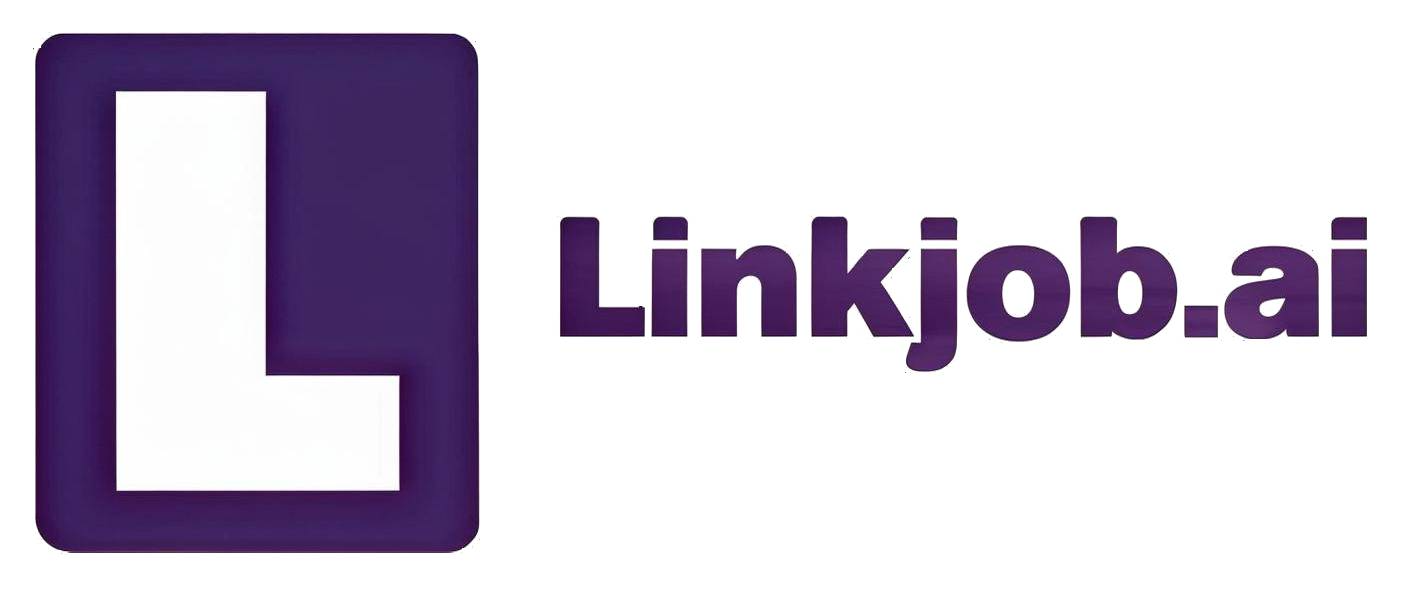How I Solved the Cisco HackerRank Test Questions in 2025
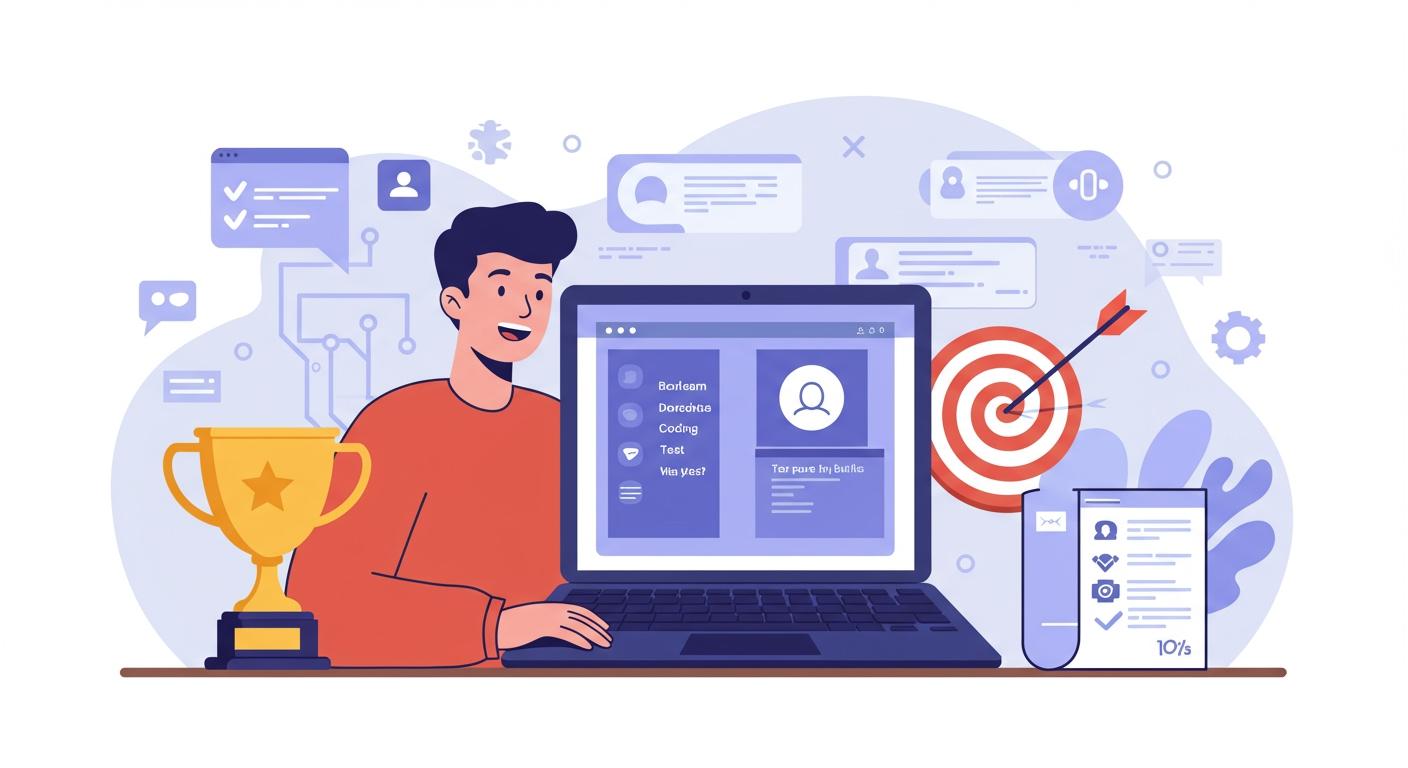
Cisco’s questions were relatively easier. I just finished my SDE interview, and in this article, I’ll share my real interview experience along with the strategies I used.
Cisco HackerRank Test Questions
Question 1: FizzBuzz Sequence
Description: For each integer from 1 to N, print "FizzBuzz" if divisible by both 3 and 5, "Fizz" if only by 3, "Buzz" if only by 5, or the number itself otherwise.
When I got this problem, my first reaction was that it was a basic question mainly testing conditional logic and loops. I solved it in Java by first reading the input integer N, then looping from 1 to N. In each iteration, I checked if the number was divisible by both 3 and 5 and printed "FizzBuzz". Otherwise, I checked divisibility by 3 or 5 individually and printed "Fizz" or "Buzz" accordingly. If none of the conditions were met, I printed the number itself. The code structure was clear, using multiple if-else conditions. The time complexity was O(N) and the space complexity was O(1). I specifically tested the input 5, and the output matched the expected result.
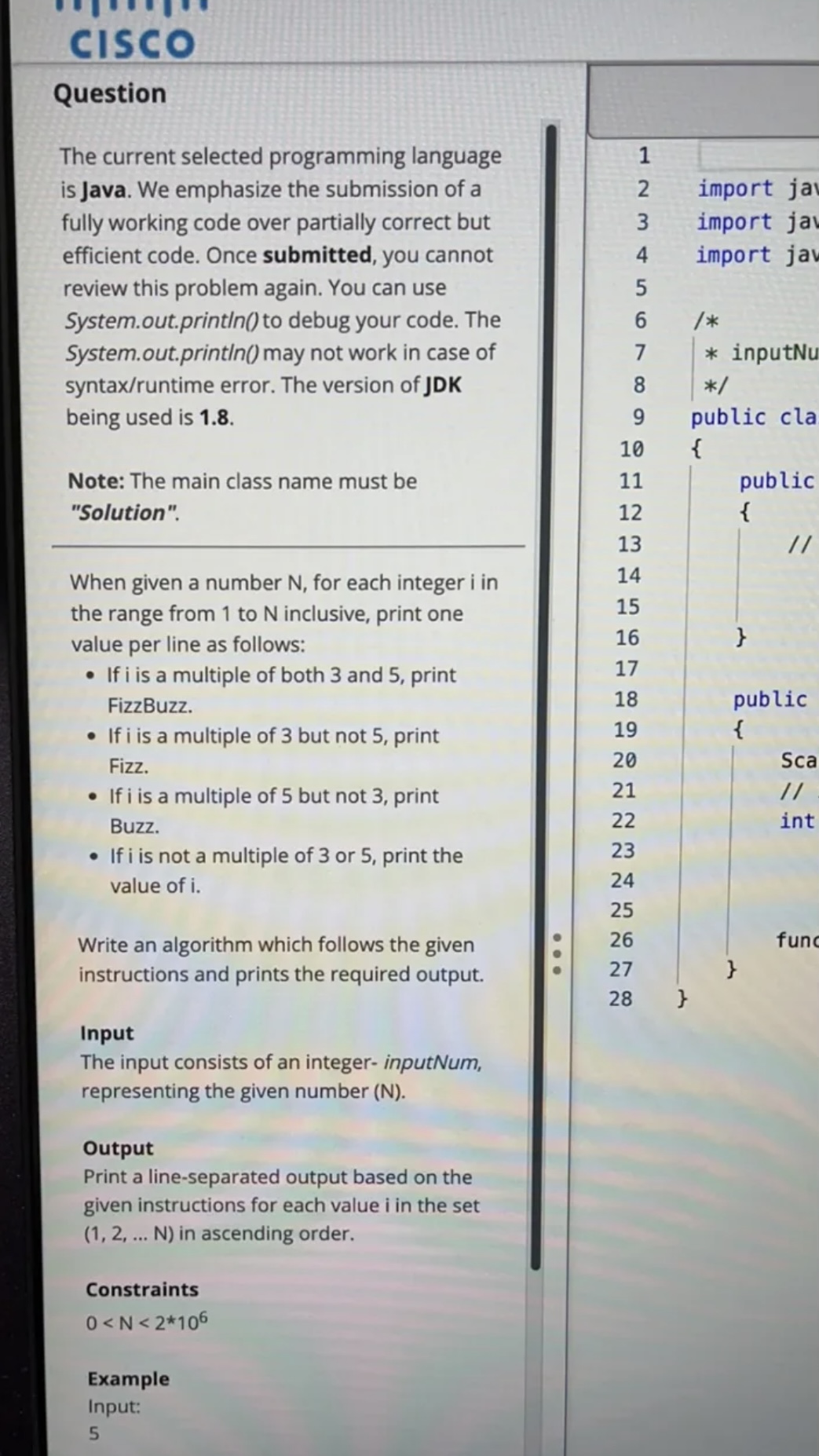
I used Linkjob’s real-time interview assistant during my interview, and it was incredibly useful for technical roles. The AI could directly see the interview questions on my screen and generate answers within just two or three seconds. The best part is that it remained completely invisible to the interviewer.
Question 2: Look-and-Say Sequence
Description: Generate the next term in the look-and-say sequence by reading the input number as a string of digits and describing consecutive digit runs (e.g., "225" → "2215" for two 2s and one 5).
This problem was also simple. The task was to transform the input number into a form that counts consecutive digits and outputs the count followed by the digit, returning it as a string. There are several ways to solve it: using two pointers, hash maps, or even Python’s groupby. My approach was the two-pointer method: I traversed the string representation of the input number with two pointers i and j. Pointer i started at the first character, and j moved forward until encountering a different character. This allowed me to count the frequency of consecutive identical digits. Then I appended the count and the digit to the result string. For example, the input "225" became "2215". I used Java’s StringBuilder to build the string efficiently, avoiding repeated object creation. The time complexity was O(N), where N is the length of the input number, and the space complexity was also minimal.
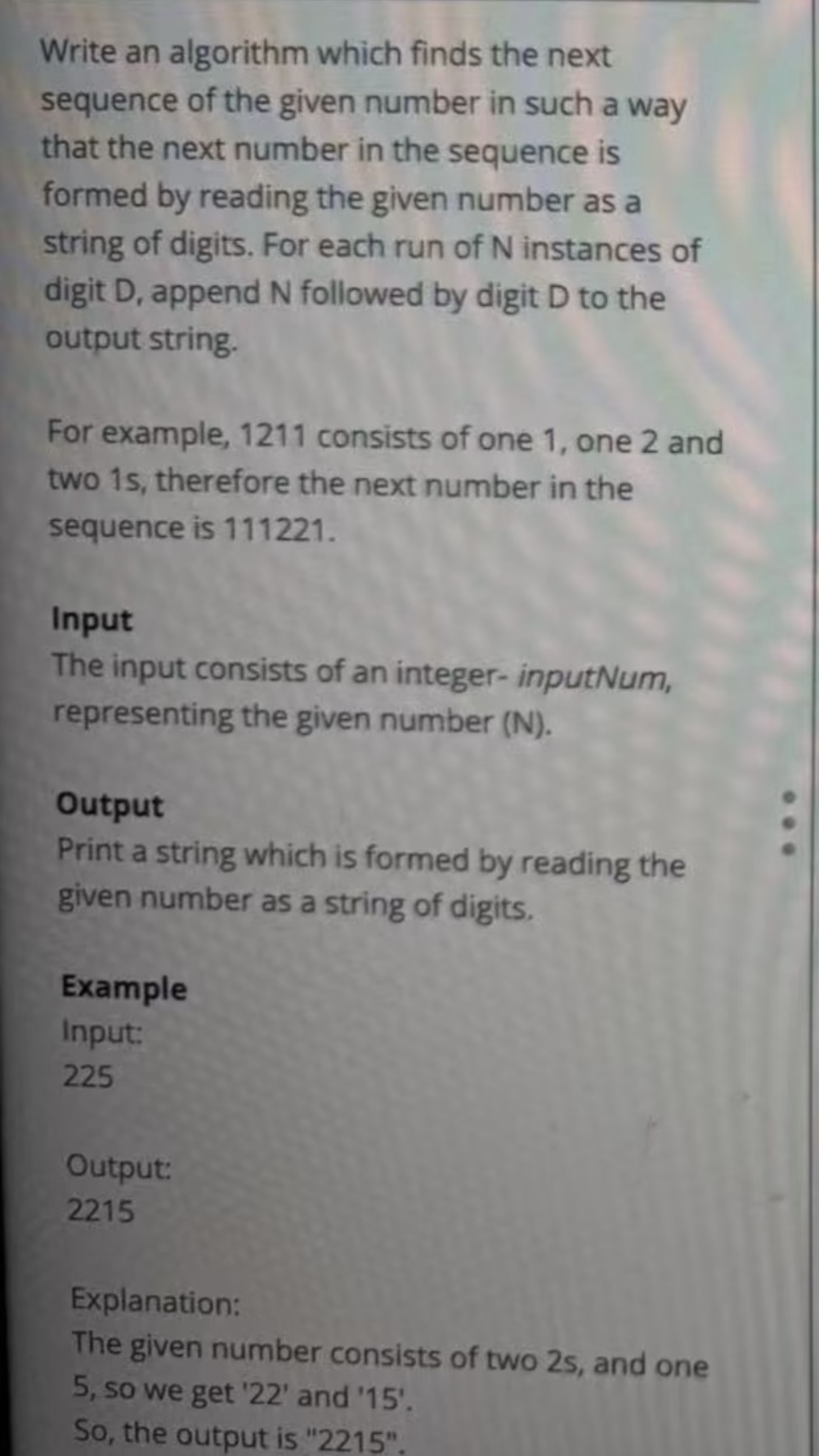
Question 3: BST Node Distance
Description: Calculate the number of edges on the path between two given nodes in a binary search tree (BST).
This problem required computing the distance between two nodes in a BST. My first thought was to find the Lowest Common Ancestor (LCA) of the two nodes, then calculate the distance from each node to the LCA and sum them. To find the LCA, I used the BST property: starting from the root, if both node values were smaller than the current node, I moved to the left subtree; if both were larger, I moved to the right subtree; otherwise, the current node was the LCA. To calculate the distance, I used a recursive function that traversed from a node to the LCA, counting the steps. I implemented this in Java, making sure to handle edge cases such as when one node was an ancestor of the other. The time complexity was O(H), where H is the height of the tree, and the space complexity was also O(H) due to the recursion stack.
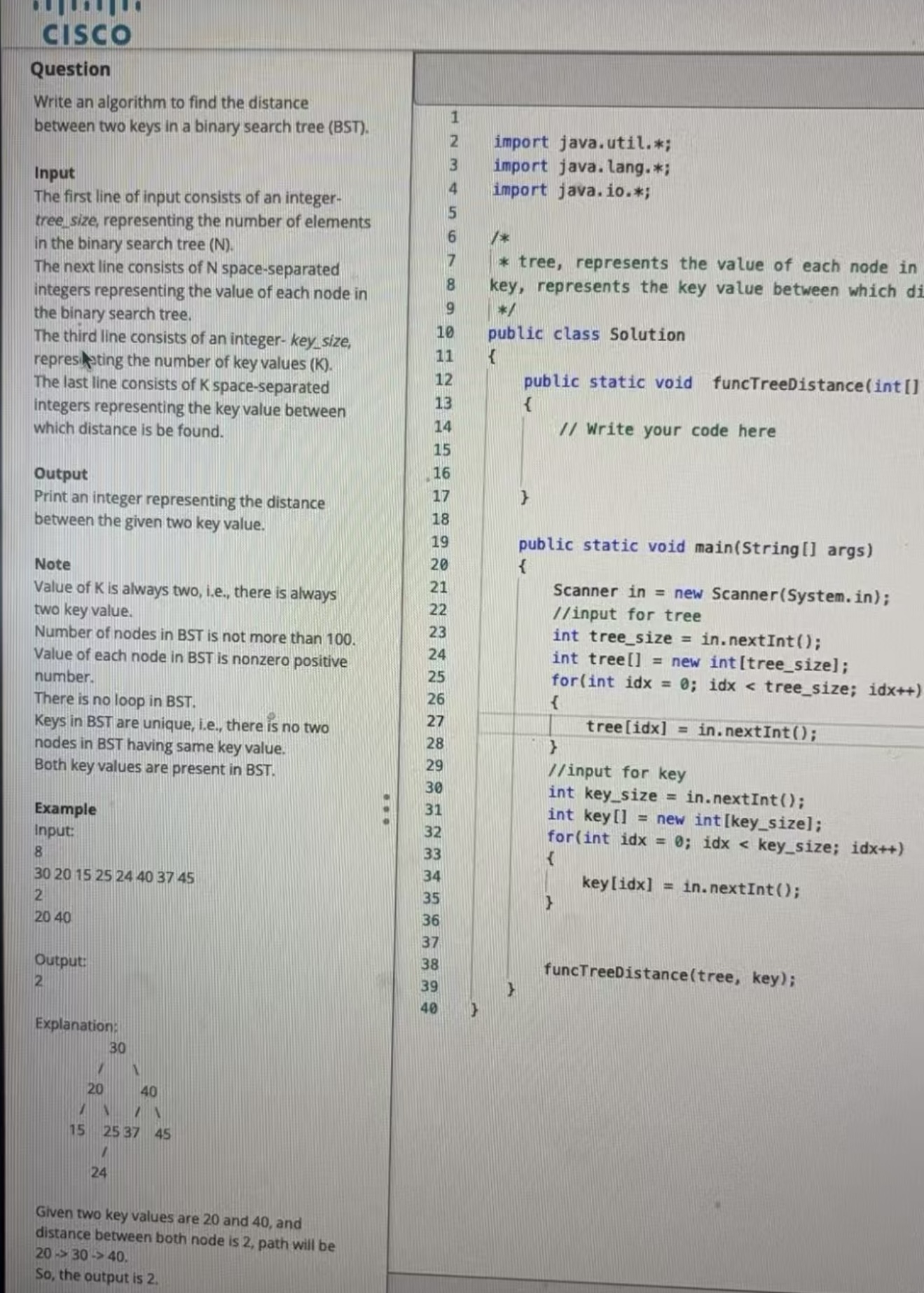
My experience using Linkjob.ai in the interview was incredibly smooth. During the trial, I already knew how powerful it was, but in the actual interview, it turned out to be even more impressive.
Preparation for Cisco Hackerrank Test
Study Resources
I wanted to cover all the basics and go deep into problem-solving. So I used a mix of online platforms, books, and courses. Here’s what helped me the most:
LeetCode: I practiced coding problems every day. The platform has a huge collection of questions that match the style of the cisco hackerrank.
HackerRank: I took mock tests and explored different domains like algorithms, data structures, and databases.
GeeksforGeeks: I read articles and solved topic-wise problems. This helped me understand concepts quickly.
Cracking the Coding Interview by Gayle Laakmann McDowell: This book gave me a strong foundation in data structures and algorithms.
YouTube tutorials: Sometimes, I watched short videos to clear up tricky topics.
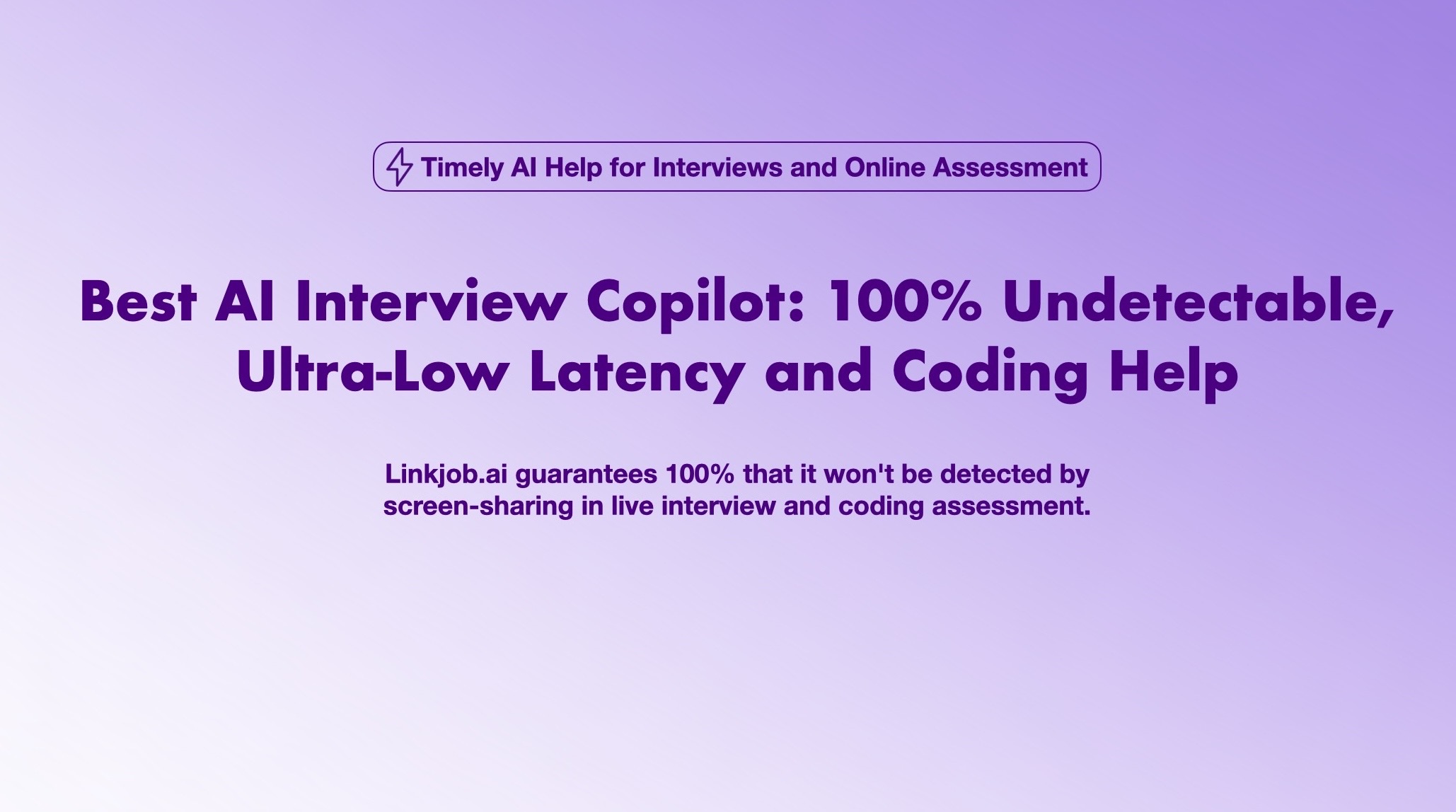
I also noticed that successful candidates often used certain programming languages. I focused on these because they work well for the test:
Java
Python
Go
TypeScript
Cisco lets you choose your language, so it’s smart to get comfortable with more than one.
Tip: Don’t just stick to one language. Try solving a few problems in different languages. This will help you adapt if you need to switch during the test.
Schedule and Practice
I made a study plan and stuck to it. I set aside two hours every evening for practice. On weekends, I spent a little more time reviewing tough topics. I broke my preparation into small goals:
Week 1-2: Focused on basic data structures and algorithms.
Week 3-4: Solved medium-level problems and took mock tests using Linkjob.
Week 5: Practiced advanced topics and reviewed mistakes.
I used a simple table to track my progress:
Week | Focus Area | Mock Tests Taken |
|---|---|---|
1-2 | Basics | 2 |
3-4 | Medium Problems | 3 |
5 | Advanced + Review | 2 |
Mock tests played a huge role. I treated each one like the real cisco hackerrank. I set a timer, avoided distractions, and reviewed my solutions after finishing. This helped me spot weak areas and improve my speed.
Cisco HackerRank Test Strategies
Handling Tough Questions
Some questions felt impossible at first. I learned to break them down and look for edge cases. I paid attention to code optimization because programs had to run within strict time limits. Knowing Python and Java helped me handle complex problems.
I checked for edge cases.
I made sure my code was efficient.
I used familiar programming languages to stay confident.
If you face a tough question, focus on what you know and keep moving forward. Alternatively, you can simply use Linkjob.ai, a platform that has received plenty of positive feedback from successful candidates. They say the biggest difference compared to other tools is that it’s truly invisible, which means only you can see the AI-generated answers.
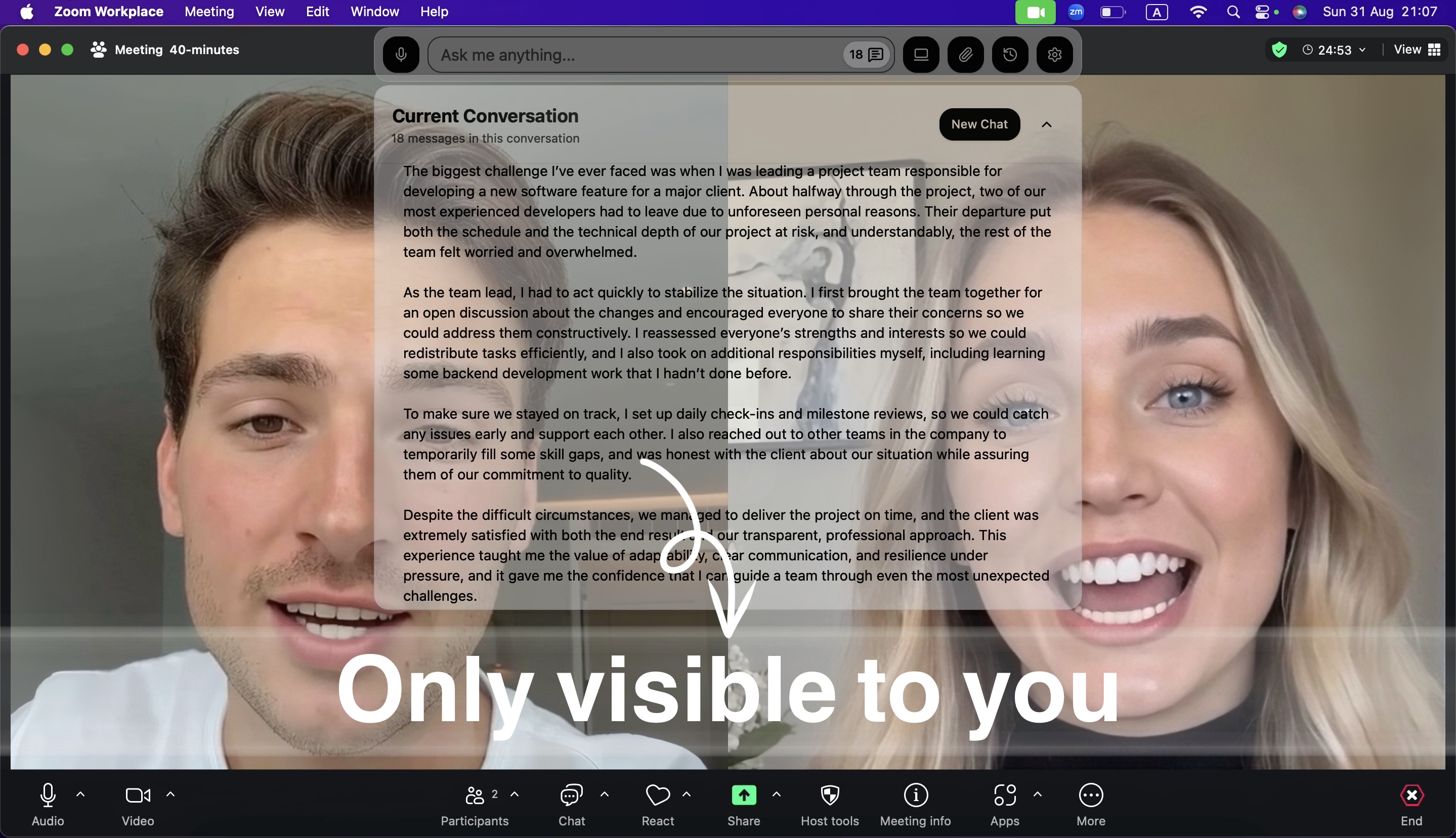
Response Time
After I finished the cisco hackerrank, I felt a mix of relief and excitement. I checked my email every day, hoping for an update. Usually, Cisco responds within three to five days, but sometimes it takes longer. I made sure to look in my spam and junk folders, just in case. I used the same email ID for both my Cisco registration and my HackerRank login. This helped me avoid any confusion or missed messages.
Communication
I kept my communication clear and professional.
I replied to emails quickly and thanked the recruiters for their time.
I asked questions when I needed more details about the interview process.
I followed up politely if I didn’t hear back after a week.
Note: Good communication shows that you’re serious about the job. It also helps you stand out from other candidates.
Tips for Success in Cisco’s HackerRank Interview
Actionable Advice
When I prepared for the Cisco Hackerrank test, I found that a few simple habits made a big difference. Here’s what worked for me:
I always read the problem statement carefully before I started coding. This helped me avoid silly mistakes.
I made a quick sketch or wrote down my approach. Sometimes, I used comments in my code to outline my plan.
After writing my code, I set aside a few minutes to test it with different inputs. This step caught bugs early.
I practiced adding new features to my solutions. I tried different types of problems to build my confidence.
I made sure my workspace stayed quiet and free from distractions during practice and the real test.
I spent time getting comfortable with the coding platform. I clicked around and learned where everything was.
I started with the easier problems first. This boosted my confidence and saved time for harder questions.
I always submitted something for every problem, even if it wasn’t perfect. Partial points can make a difference.
Tip: Even a small, working solution is better than leaving a question blank. You never know how many points you might earn!
Mistakes to Avoid
I made a few mistakes early on, but I learned from them. Here are some common pitfalls and how I avoided them:
I never skipped planning. I wrote a brief outline in comments, including my approach and possible edge cases.
I built my code step by step. I started with helper functions and core logic before adding tests.
I practiced with timed sets of problems. This helped me get faster and more accurate.
I memorized common algorithms and templates. This saved me time during the test.
Motivation
There were days when I felt stuck or frustrated. I reminded myself why I wanted this job at Cisco. I pictured myself working there and learning from the best. That vision kept me going.
If you feel overwhelmed, take a short break. Come back with fresh eyes. Celebrate small wins, like solving a tough problem or improving your speed. Every bit of progress counts.
FAQ
When preparing for the Cisco Hackerrank Test, which question types should I focus on practicing the most?
When I was preparing, I took basic algorithms and data structure application questions as the core directions for practice, as these two types accounted for more than 80% of the exam scores. In addition, SQL query questions should not be ignored.
During the exam, if the code can run but fails to pass all test cases, how to quickly troubleshoot the problem?
This is a real situation I encountered during the exam! At that time, I had a question that ran smoothly locally, but Hackerrank showed that 3 test cases failed. My troubleshooting steps were as follows: first, check the boundary conditions. Then, check the data range. Finally, verify the question requirements. By following these three steps, I found the problem and fixed it in 5 minutes.

